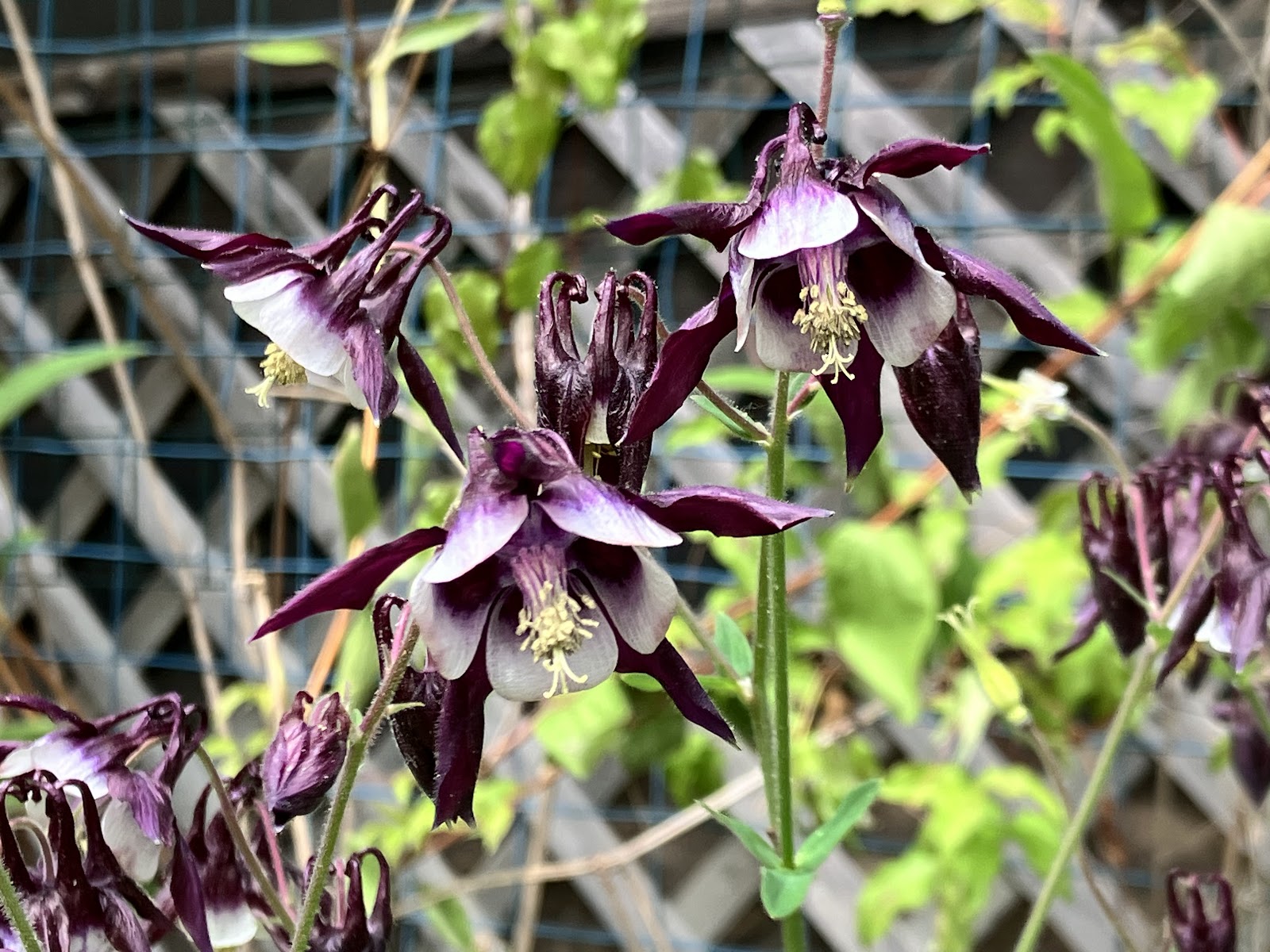Peeling Onion
I have Aikido teachers who are very creative with the way they give grading tests. Depending on who you are -- your level of competency, your strengths, your weaknesses and personality, they often come up with interesting ideas that make the grading an educational experience for all.
For our Yondan (4th degree blackbelt) test, in addition to demonstrating techniques from various attacks, Takeguchi Sensei asked me and my cohort to give a presentation on what Aikido meant to us.
I only knew about the test a week before, and had no idea about the presentation. Because there were quite a few junior students in the audience, I decided to give an impromptu presentation on training goals at different stages of one's Aikido journey.
Being nage (the thrower):
-- As a beginner, one learns to present oneself with a good physical structure. In other words, the various parts of the body have to be well aligned for good structural integrity. For someone who is new to martial arts, to consistently have their eyes, hands, belly and feet to be oriented in the same direction is actually not a simple task. As the Founder of Aikido was known to have said, "You come to Aikido not to learn to become stronger. You come to learn not to be weak." This is the starting point.
-- After one has learnt how to align himself to form a stable triangular structure, the next stage is to learn to use the foremost point of this structure to align with their partner's center. "You are a compass, and your partner is the north." I often use this simple metaphor as a reminder to students. Since both parties are in motion, the shapes of their bodies are also constantly changing. This requires even more awareness and coordination than the previous level of practice.
-- When one is capable of commanding their own bodies and can move in relation to their partners in a meaningful way, they are ready to learn "connection". Connection is not based on strength or speed. It is a special tactile communication between the nage and uke so that they can influence each other like cogs that are engaged with each other.
As uke (the attacker), in addition to providing an attack for the nage to do his technique, one still has to be able to respond to the technique properly and sensibly in order to survive. Takeguchi Sensei often reminds us, "Ukemi is an active act of self-preservation." The late Henry Kono Sensei used to say that ukemi is the essence and the most difficult part of Aikido. "If you know ukemi, throwing is a piece of cake."
-- As beginner, the uke learns to move with the nage. If one can ride on the momentum of the nage, there is a lower chance of getting hurt. Having a good physical structure is like building a sturdy boat for oneself so that one can ride the waves and stay afloat.
-- Knowing how to align with the nage provides bearing and helps one avoid the waves of energy from the nage's technique. Otherwise, even with a big, strong boat, one can still get lost at sea and be crushed by the storm.
-- A connected uke is like the shadow of the nage. The nage and the uke, they are almost one. The parties are continuously responding to each other's moves. Their conversation has no beginning and no end. Because they are so connected, it becomes possible for a skillful, attentive uke to retake the center of the movement and turn himself into the nage and perform reversal techniques on his partner.
If you think the above is complicated, mind you: that is just the outer skin of a giant onion that you are trying to peel!
Takeguchi Sensei always says, Aikido is more than just a bunch of physical movements and techniques. One of key things is learning how to manage egos -- one's own ego, at the beginning, and then how to manage and take care of your partners' ego.
This is way more difficult than the physical movement side of Aikido because, at the end, the body is led by the mind. If the mind is unsettled, wavered by the egos, there will not be serenity, and there is no stillness anywhere.
The late Kenneth Cottier Sensei also talked about "getting on the right footing" when we pair up with our partners on the mat. It is particularly important if the two training partners do not know each other from before. The only thing they have to base upon in playing out the dynamics is what comes through their physical interaction. As people perceive the same incident through they own mental filters, different people may have a very different take on "what really happened".
The late Kenneth Cottier Sensei also talked about "getting on the right footing" when we pair up with our partners on the mat. It is particularly important if the two training partners do not know each other from before. The only thing they have to base upon in playing out the dynamics is what comes through their physical interaction. As people perceive the same incident through they own mental filters, different people may have a very different take on "what really happened".
Oh boy, I can't helping thinking of the movie Rashomon again . . .



Comments
Post a Comment